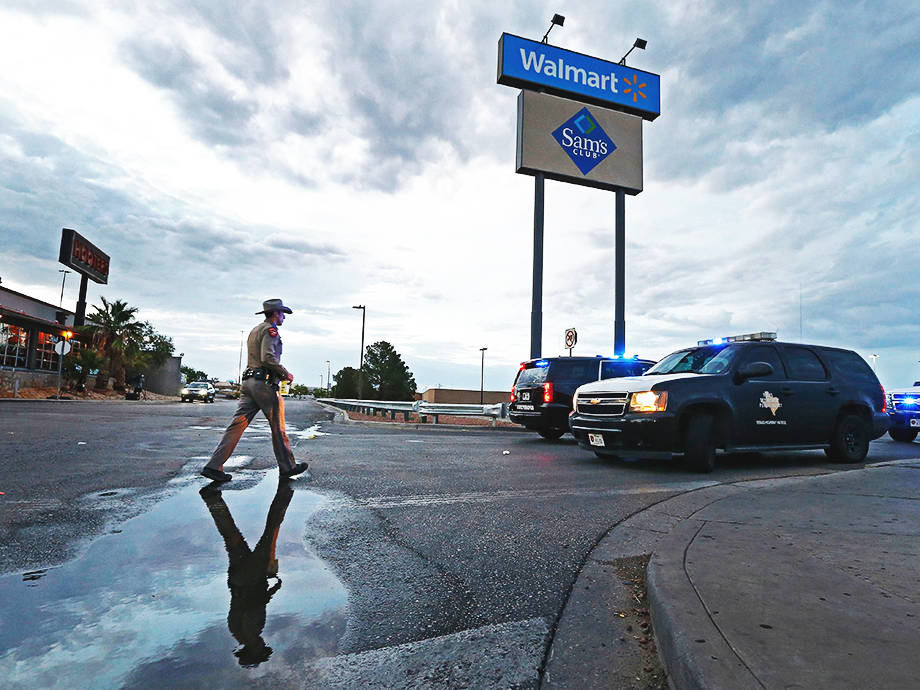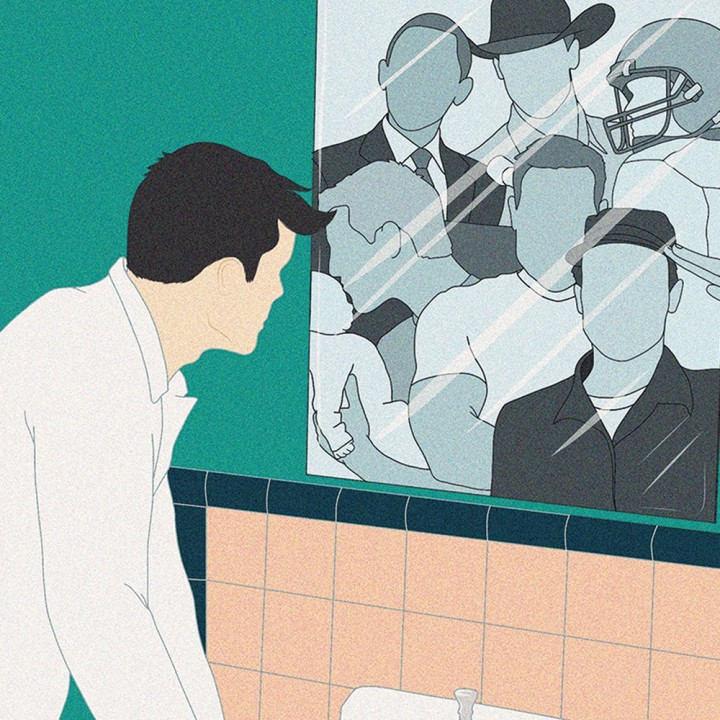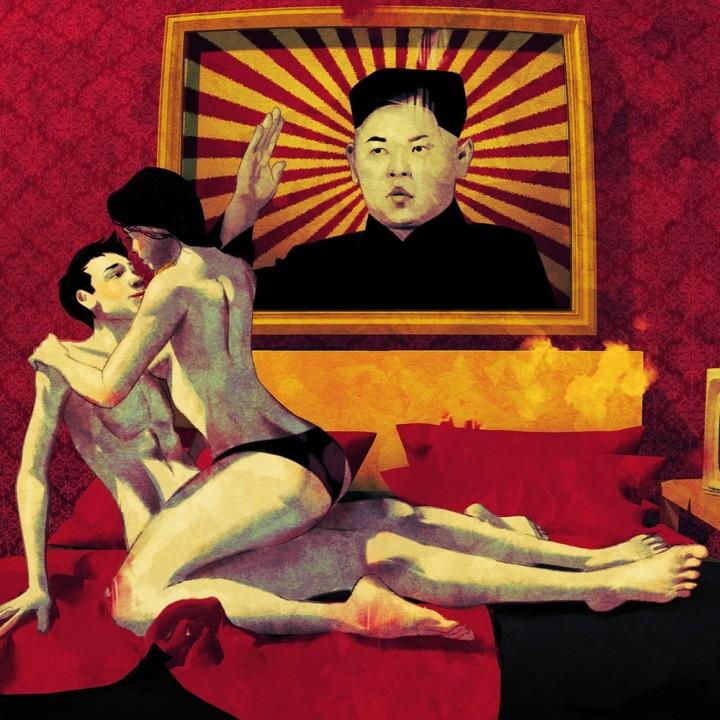
When Will Our Overcrowded Democratic Field Narrow Out?
“We’ve got a lot of cash on-hand, and we’re feeling good about our second debate performance and where we can go from here,” says Michael Hopkins, who serves as the press secretary for presidential candidate John Delaney. Moments later, when asked what the timeline might be for the long-shot Democrats to exit the 2020 race, Hopkins tells Playboy, “we’re not going to. I think you’ll see in a couple weeks, a lot of campaigns start to drop.”
Hopkins’ boss is one of the many figures—all of them white and male—who some Democrats say are clouding the field. There is also Montana Governor Steve Bullock, New York City Mayor Bill de Blasio, Washington Governor Jay Inslee, Massachusetts Congressman Seth Moulton, Ohio Congressman Tim Ryan and Colorado Senator Michael Bennet. None of those candidates are polling in the top ten in the aggregated rankings compiled by RealClearPolitics. None of them are polling at one percent.
Consider the analogy, only 20 horses thunder through the dirt in the Kentucky Derby. There are around 22 Democrats running for president.
In the first round of debates — an exhausting spectacle not of politics but of political broadcasting — the debate stage fielded all the candidates but the September stage will be different. The Democratic National Committee set stricter qualifying standards — candidates must have at least 2 percent support in four qualifying national polls, and they must have at least 130,000 unique donors. None of the listed candidates have qualified in either category.
I asked a campaign aide with one of the top campaigns about the crowded field below them, they told me “if you can’t get on the debate stage then you shouldn’t be in the race.” But as of mid-August, the only two candidates who have dropped out are former Colorado Governor John Hickenlooper and California Congressman Eric Swalwell and only nine have qualified for the next debate.
Most of these Democrats will have to drop out simply because it’s too expensive to run for president.
The glaring truth is that the Democratic field is swollen with old, white men with the glory days of their political careers shimmering in the rearview mirror. Most of these candidates are putting their chips on the Biden bet — Hopkins explained, “once there’s Biden and one other clear moderate, then I think those votes, I think then you’re looking at Delaney at five or six [percent]. We’ve just got to kind of wait around for everyone to get out before it makes sense to really push.”
What the Biden bet translates into over the next few months of the campaign is a bizarre game of political chicken: which white man pushing moderate policies but not-named-Biden will be the last in the race. The strategy also relies on the theory that the Democratic voter is not as progressive as the Bernie Sanders team likes to suggest. It relies on the idea that the Democratic voter looks at Bernie Sanders as a perversion of the party.
Delaney is unique in that he has the financial means to play chicken deep into the race. Forbes puts his net worth at $200 million, far ahead of the next-closest Michael Bennet, who touts $15 million. But running for president is one of the most expensive and least promising gambles a millionaire can make; the exception to the odds being the current Oval Office occupant.
The Democratic National Committee can do little to force the candidates out of the race. And after they were accused of playing the house against Bernie Sanders in 2016, they’re even more reluctant to do anything beyond tightening the debate standards. We were led to believe that after their disastrous loss, the Democrats would be able to more clearly define their party but the front-runner is still moderate Joe Biden followed by Elizabeth Warren and Bernie Sanders. It still looks, from a distance, like two similar parties playing different music.
The unsettling reality is that the numbers, not the timeline, will probably dictate when these candidates begin to leave the race.
And there is no agreed-upon logic on when the long-shot candidates should exit the race. The aide from one of the leading campaigns whom I spoke with reasoned, “there should be folks who see reality in the first few states. In a perfect world we go into Super Tuesday with like five candidates.” But that seems unlikely — in this cycle Super Tuesday (the day in which sixteen states and territories will hold their primary elections) falls on March 3; a date only seven months away.
Democratic strategist and DNC member Christine Pelosi told me “if you don’t have a path to 15 percent and you can’t tell me your path to even 12 percent by the fall, really I think it’s time to look at other things.” Three Republican candidates hit that number in Iowa in the crowded 2016 field; Ted Cruz at 26 percent, Donald Trump at 24 percent and Marco Rubio at 23 percent. Ben Carson earned just over nine percent in the state. Pelosi noted later in our conversation that there is a perceived fear “that people will run to the safety of the white, male candidate,” adding, “I think a lot of these white, male candidates are still in the race because they’re betting the answer is yes and they’re saying ‘if Biden falters, there’s somebody who is going to be running in the non-Bernie lane.’”
Most of these Democrats will have to drop out simply because it’s too expensive to run for president. Their donors will begin to desert them as they realize that they are spending on a losing candidate instead of a long-shot. The candidates have not even started buying national television spots. Donald Trump spent $398 million over the course of his campaign in 2016. His 2020 campaign manager said that he expects they will spend $1 billion the re-election effort. Candidates like Seth Moulton, who brought in around $1.3 million in the second quarter, or Steve Bullock, who brought in $2.1 million in the same time frame, will soon find their war chests hold only dust. Joe Biden spent $10.6 million during the second quarter and raised $22 million.
The unsettling reality is that the numbers, not the timeline, will probably dictate when these candidates begin to leave the race. But that’s not the sort of encouragement that many Democratic voters, who are already exhausted with the crowded field, want to hear.
There is always a lot of talk about it being the right time for the candidate as if they can divine the national conscience. It was the right time for Barack Obama in 2016 but there’s not really any equation that defines that moment. Beto O’Rourke’s supporters felt sure that it was the right time for him this cycle but the Texan is behind in the polls and his last debate performance only furthered the doubts about his campaign.
It seems very much to be the wrong time for almost all of the white men lagging behind in the polls and hedging on the Biden bet, especially since we don’t even know if it’s the right time for Joe Biden. And the argument that it’s the right time for any candidate not-named Donald Trump is a regrettable reason for any of them to admit that they’re in the race. Democrats can only hope that some sort of magic comes together that leads their field to slim and lift up the eventual nominee but that’s unlikely to happen until the money starts running dry and the party’s ship rights itself into the winds that will lead them to Donald Trump next November.
The Arc of History Brought Us to El Paso
As the cameras move on, an immigration reporter reflects on the larger picture








